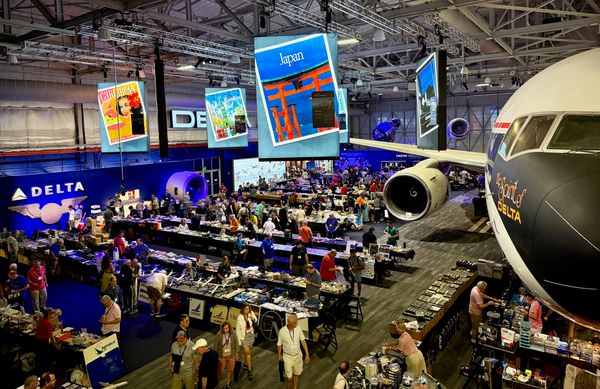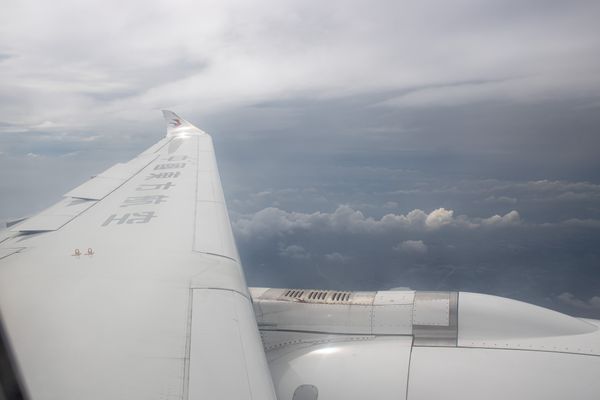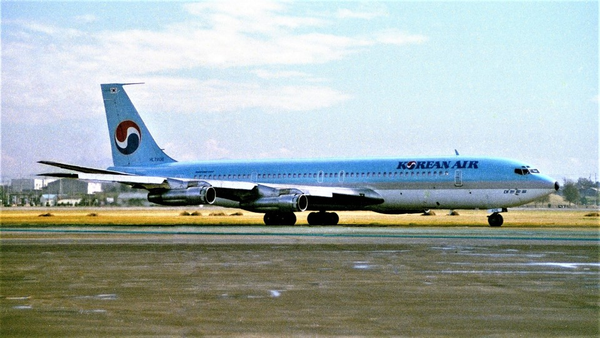When we think of weight balance, especially in aviation, we think of how fuel weight is calculated, where cargo is placed on an aircraft, and maximum takeoff weight. However, Swiss International Airlines is facing a whole other problem: the weight of airplane seats itself. So, what is the problem, and what is the solution? Let's find out.
A Brand New Premium Cabin
The news comes after SWISS announced its plans to renovate aircraft interiors in 2025. The new products, marketed as "SWISS Senses," are part of the Lufthansa Group's (which owns SWISS) refresh plans. The "SWISS Senses" seats will be the same found in Lufthansa's new Allegris business and first class, which debuted last May. The only difference seems to be that the cabin finishes are in red, as opposed to Lufthansa's blue finishes.
This cabin is planned to be installed on A330, A350, and B777 aircraft of the SWISS fleet. SWISS also unveiled a planned seat map for the retrofitted A330s. There will be 4 first-class seats in the first row of the aircraft, along with 43 business class, 21 premium economies, and 159 economy class seats.
A Heavy First Class Seat
However, this cabin apparently causes issues on the A330 due to the first-class compartment being too heavy, as reported by a Swiss news outlet Link . As the new seats are designed to be fully enclosed suites with doors installed into the walls, there is significant weight added to these areas.
Adding to this is that economy class seats are getting lighter than before, which means the weight unbalance will further deteriorate as while the front is getting heavier, the rear of the aircraft will become lighter.
For comparison, below is the current first-class product installed on SWISS A330s.
The Solution
The solution to the problem is quite simple, the aircraft just needs more weight in the rear to remedy this unbalance. However, as it was revealed, the A330s need 1.5 tons (approximately 3000 pounds) of weights installed on the rear of the aircraft. However, this would surely impact fuel efficiency, with all the additional weight that the aircraft has to constantly carry.
SWISS spokeswoman Meike Fuhlrott quoted the following regarding the matter:
“a fixed installation for weight regulation is unavoidable in this case,” and “Customer wishes, economic efficiency, and environmental compatibility must be coordinated,” and “We are operating in this area of tension”.
Bottom Line
While weight is an important factor when it comes to the aerodynamics of an aircraft, having to install weights due to heavy premium seats has not been common. Although adding weights will bring down the efficiency of an airplane, it seems like SWISS has chosen the only way to provide passenger comfort while at the same time guaranteeing a safe flight for passengers.
Delta Sets Firm October 2026 Launch for Historic Atlanta–Riyadh A350 Service » KAL858: The North Korean Bombing that Shocked the World » Air France Suspends Paris-Manila Service for Summer 2026 »
Comments (1)
 radioguy
I wonder if LX explored the possibility of moving the F area rearward to rebalance the aircraft. Placing it aft of the C area might avoid the need for extra weight.
radioguy
I wonder if LX explored the possibility of moving the F area rearward to rebalance the aircraft. Placing it aft of the C area might avoid the need for extra weight.
Add Your Comment
SHARE
TAGS
NEWS SWISSA330First ClassWeightBalance issuesRECENTLY PUBLISHED
 AeroXplorer Named Official Media Partner for Airliners International 2026 in Denver
AeroXplorer is proud to announce its appointment as the Official Media Partner for Airliners International™ 2026 Denver. This partnership marks a significant collaboration between the world's largest airline collectibles show and one of the fastest-growing digital voices in the aviation industry.
NEWS
READ MORE »
AeroXplorer Named Official Media Partner for Airliners International 2026 in Denver
AeroXplorer is proud to announce its appointment as the Official Media Partner for Airliners International™ 2026 Denver. This partnership marks a significant collaboration between the world's largest airline collectibles show and one of the fastest-growing digital voices in the aviation industry.
NEWS
READ MORE »
 VIDEO: What It's Like Onboard China's COMAC C919
We flew onboard China Eastern's COMAC C919 to experience China's homegrown narrow-body up close. From seat comfort to cabin layout to noise levels to tech: how does it really compare with the Boeing 737 and Airbus A320? This review puts all three workhorses under the same spotlight.
TRIP REPORTS
READ MORE »
VIDEO: What It's Like Onboard China's COMAC C919
We flew onboard China Eastern's COMAC C919 to experience China's homegrown narrow-body up close. From seat comfort to cabin layout to noise levels to tech: how does it really compare with the Boeing 737 and Airbus A320? This review puts all three workhorses under the same spotlight.
TRIP REPORTS
READ MORE »
 KAL858: The North Korean Bombing that Shocked the World
Among the 99 passengers boarding Korean Air Flight 858 on November 29, 1987, few could imagine their journey would end as one of aviation's darkest mysteries.
STORIES
READ MORE »
KAL858: The North Korean Bombing that Shocked the World
Among the 99 passengers boarding Korean Air Flight 858 on November 29, 1987, few could imagine their journey would end as one of aviation's darkest mysteries.
STORIES
READ MORE »



